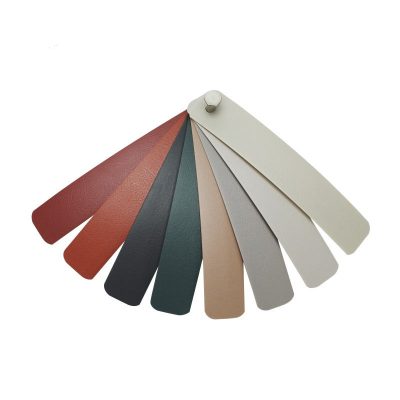ABS (Acrylonitrile Butadiene Styrene) edging is a popular choice for edge banding in the furniture and cabinetry industry. It offers several characteristics that make it a good option for certain applications. Here are some advantages and considerations when using ABS edging:
Advantages:
- Durability:
- Impact Resistance: ABS is known for its impact resistance, making it a durable choice for edges that may be subject to impacts, bumps, or occasional rough handling.
- Moisture Resistance:
- Water Resistance: ABS is less prone to water absorption compared to some other materials like MDF or particleboard. This makes it suitable for applications in areas where moisture or humidity may be a concern.
- Flexibility:
- Flexibility: ABS edge banding is flexible, allowing it to conform to curved or contoured edges. This makes it versatile for various design applications.
- Color Consistency:
- Consistent Color: ABS edging typically offers consistent color and appearance, which can be important for achieving a uniform and professional look in the final product.
- Cost-Effectiveness:
- Affordability: ABS edge banding is often more cost-effective than some alternatives, such as real wood or high-end decorative options. This can be advantageous for budget-conscious projects.
- Easy Maintenance:
- Ease of Cleaning: ABS surfaces are generally easy to clean and maintain, making them suitable for applications where cleanliness is important.
- Availability:
- Widespread Availability: ABS edge banding is widely available, making it easy to source from various suppliers and manufacturers.

- Widespread Availability: ABS edge banding is widely available, making it easy to source from various suppliers and manufacturers.
Considerations:
- Not Natural Wood:
- Aesthetic Preferences: If you are looking for a natural wood appearance, ABS may not be the best choice as it is a synthetic material.
- Heat Sensitivity:
- Heat Resistance: While ABS has good general temperature resistance, it can soften or deform under high heat. Care should be taken to avoid exposing it to excessive temperatures.
- Edge Detailing:
- Detailing Challenges: Achieving intricate edge details or profiles may be more challenging with ABS compared to wood veneer or solid wood.
- Application Specific:
- Application Considerations: ABS may be more suitable for certain applications than others. Consider the specific requirements and conditions of your project before choosing ABS edging.
In summary, ABS edging can be a good choice for projects where durability, moisture resistance, and cost-effectiveness are important factors. It’s commonly used in commercial furniture, kitchen cabinets, and other applications where a clean and durable edge finish is desired. However, the suitability of ABS edging depends on the specific requirements and aesthetic preferences of your project.

